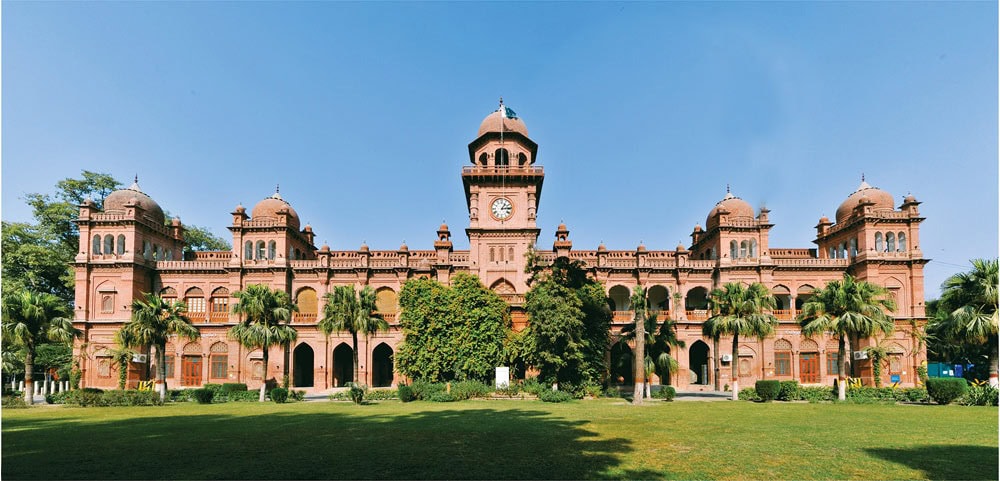
As the global leaders assemble in Baku, the capital of Azerbaijan, to discuss escalating climate crisis, Himalayan countries like Nepal and Bhutan together with coastal countries like Bangladesh and Maldives, are already racing to implement the adaptation plan to protect their communities from the disastrous impact of climate change. The increasing frequency and intensity in climate driven disasters in all parts of the world make it clear that we are confronting an existential climate crisis. Our success or failure in facing this crisis hinges on the actions of developed countries, which are responsible for the bulk emission of greenhouse gases, towards implementing adaptation and mitigation measures before it is too late.
Addressing a high level session of 29th Conference of the Parties (COP) to the ongoing UN Framework Convention on Climate Change (UNFCCC), Nepal's President Ramchandra Paudel made a passionate call to the global community to support effort of vulnerable countries to cope with climate induced disasters and their impacts in the mountain and coastal regions. The President also drew attention of the world community to the devastating weather events that took place on September 28 and 29 in Nepal, wreaking unprecedented havoc in Kathmandu Valley and other mountain districts, as the latest reminder of the urgent need for global support to climate emergencies. Existential crisis The escalating spiral of climate crisis is finding manifestation in more frequent and devastating weather patterns characterised by more frequent and deadly tornadoes in the US, flash floods in Spain, Italy and France, successive mega hurricanes in the Caribbean islands.

These events demonstrate that the human civilisation faces existential crisis not from pandemic, poverty or war but from global climate disasters which have been given a devastating twist by human manipulation. The emission of greenhouse gases, deforestation and the use of heavy machinery in infrastructure building have caused extreme climate conditions bringing disastrous consequence for the vulnerable communities in developing countries. The people living in the mountains and coastal countries need urgent action to enhance their adaptability to the devastating impacts of flash floods, hurricanes, landslides and land subsidence.
But very little seems to have come their way in the form of concrete support. Over the past few decades, the ecology of the Himalayas and Hindu Kush region has undergone rapid deterioration. The Himalayan peaks, perpetually covered by snow until a few decades back, are revealing black rock faces stripped of snow mass.
The glaciers are retreating affecting water resources at some places while precipitating glacial lake outburst flood (GLOF) at others. These events have triggered devastating debris flow bringing unprecedented risk to the downstream villages and towns located at low lying river basins. Similar GLOF event was responsible for the catastrophic debris flow that obliterated Melamchi Town in Sindhupalchok district on 15 June, 2021.
In view of increasing frequency of such events, putting up early warning systems, construction of controlled drainage and erecting barriers has become urgent need for mitigating impact from the GLOF events. The impact of climate change in the Himalayas has been depleting water sources, depriving sustained flow in the rivers and affecting hydro electricity generation, farming, drinking water and bio-diversity. The disruption in the Himalayan eco-system has triggered extreme weather events in the coastal regions also.
The Maldives, Bangladesh and Sri Lanka are facing severest impact of climate change in the form of cyclones, tidal waves, and submersion, while the farmers of north India are being hit by massive floods in the Ganges and the Brahmaputra rivers. As a low lying island country the Maldives is becoming more and more vulnerable to unexpected and unpredictable event of climate induced disasters. Pakistan also witnessed a catastrophic flood event in 2022 resulting in the death of more than 1700 people.
In Bangladesh, frequent and more devastating cyclones are regularly displacing people and destroying agricultural crops, killing and injuring people, destroying infrastructures and submerging cities and villages requiring massive rescue and relief operations. The Bangladeshis are trying to protect biodiversity through planting and expanding mangrove forest as a natural protection against storms, sea level rise and safe breeding space for fish species, a crucial resource for its foods security. As the economic situation of Bangladesh improves and more anti-cyclone infrastructures are built in different places, the scale of material loss and the number of casualty are decreasing.
The Bangladeshi people are becoming more innovative and resilient in the face of climate change impact. The vulnerable communities are becoming more aware, more responsive and resilient during climate emergencies, but the irony of the situation is that all the vulnerable countries are making isolated effort, though the climate crisis does not recognise borders. The Himalayas and the coastal territories of South Asia are intricately inter-linked in a symbiotic ecosystem sustained by monsoon rains.
The hydrological cycle - comprising sea, snow, glaciers and rivers- form an unbreakable circuit of life sustaining elements maintaining the health and continuity of biodiversity of this region. Climate finance In such a situation, the small developing countries like Nepal, Bhutan and the Maldives, which do not contribute or only marginally contribute to exacerbate the factors of climate change but are at the receiving end of disproportionate impact of climate change, must gain access to their share of climate finance as promised by wealthy industrialised nations. Beyond these efforts, there has been increasing demand from developing countries, particularly those vulnerable to climate change, for reparation for the loss and damage caused by extreme weather conditions.
Nepal must be at the forefront of this advocacy. As Nepal's President said in the COP-19 conference, the Himalayas are not Nepal's sole responsibility, their existence is intimately connected with the existence of the planet. When once snow-covered Himalayas turn into barren rock face, the downstream communities are exposed to risk of devastation.
The COP-19 conference should therefore serve as a turning point for the world to realise its shared responsibility to restore the delicate balance of Himalayan and the marine ecosystem safeguarding not only human civilization but also the rich and diverse biodiversity that exists in this region. Dr. Bharadwaj is former ambassador and former chairperson of Gorkhapatra Corporation.
[email protected]..










